The modern motoring era isn’t full of technological trends of which keen drivers can unreservedly approve.
Given the chance, I suspect that most of us would take the start-stop starter-generators and electric power steering out of our new cars in a heartbeat. But the meteoric rise of the downsized, turbocharged three-cylinder petrol engine deserves an unqualified round of applause. This is efficiency innovation that we can all get behind.
Over the past three years, these engines have spread across European model ranges faster than any type of powertrain that I can remember. And standing in a car park near Brentwood in Essex in the early morning light, Andrew Fraser is explaining why.
Fraser is powertrain development manager at Ford’s Dunton Technical Centre and one of the key men behind the motor that started all this in 2012: the 1.0-litre EcoBoost. “It’s not just about weight or cubic capacity,” he says. “It’s got more to do with a combination of rotational balance, thermal efficiency, space efficiency and suitability for turbocharging.” Pay attention at the back: engineer talking.
“Three-pots have much less second-order vibration than four-cylinders,” he explains, “so they can sometimes do without balancer shafts entirely and can manage with shorter conrods than four-cylinder units, so they fit into a smaller space.
Having fewer cylinders for the same swept volume means you lose less energy as heat, and because you’ve got fewer exhaust pulses per crankshaft revolution, both turbocharging and cooling are also easier. So the efficiency gains can be made on several fronts. I’m not at all surprised that it wasn’t just us that realised it.”
Fraser and I are looking at the evidence of that realisation: five new cars from five different manufacturers, and as many different sub-sections of the market, all of which are powered by new-generation turbo triples launched over the past three years. At the extra-small end of the spectrum is Renault’s 898cc three-cylinder turbo, nestling neatly in the hindquarters of the new Twingo city car. At the larger end is BMW’s 1499cc unit, which powers the biggest and heaviest of our group: the BMW 218i Active Tourer MPV.
The youngest engine of the lot is in the new Vauxhall Corsa – General Motors’ SGE 999cc three-pot. Elsewhere, Peugeot-Citroën’s 1199cc Puretech three-pot lines up in the nose of the Peugeot 308 SW.
Finally, there’s the one that started it all. Having just received its third consecutive International Engine of the Year Award, the Ford 1.0-litre EcoBoost fronts up to defend its territory from within the recently facelifted Focus – a car itself so new that it’s with us in left-hand-drive form.

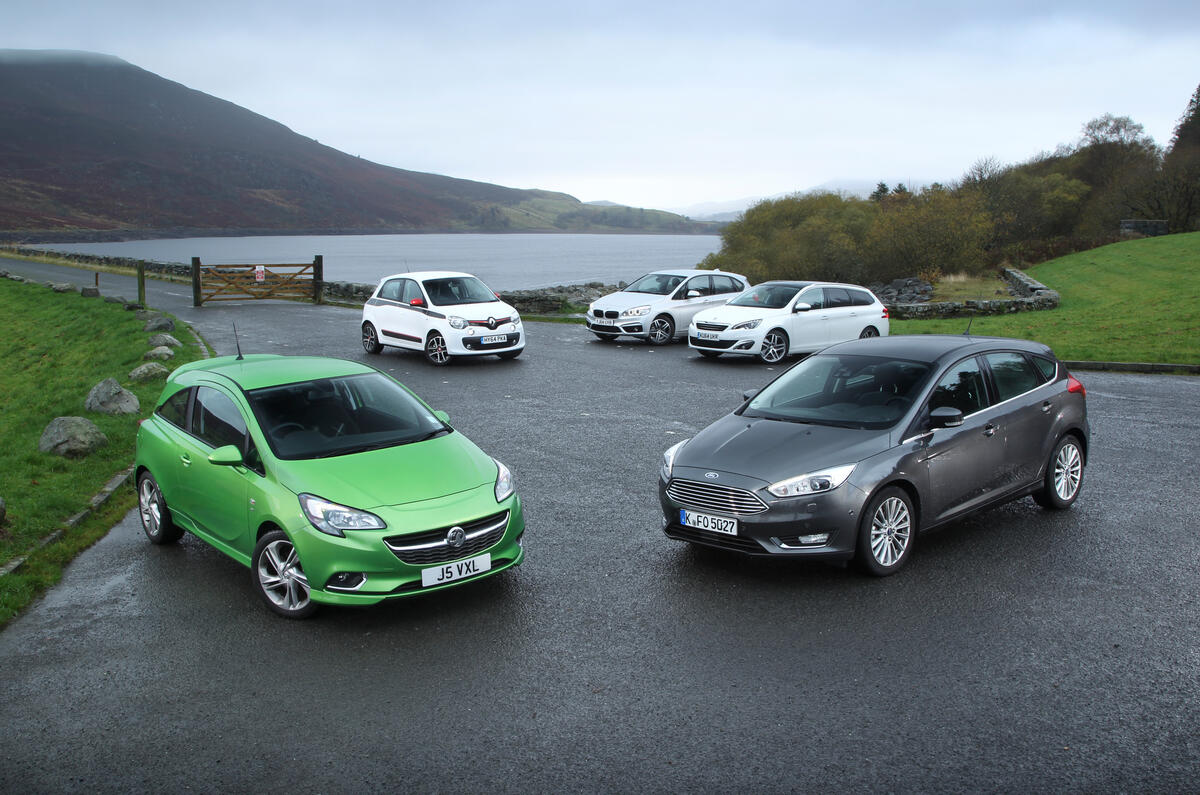
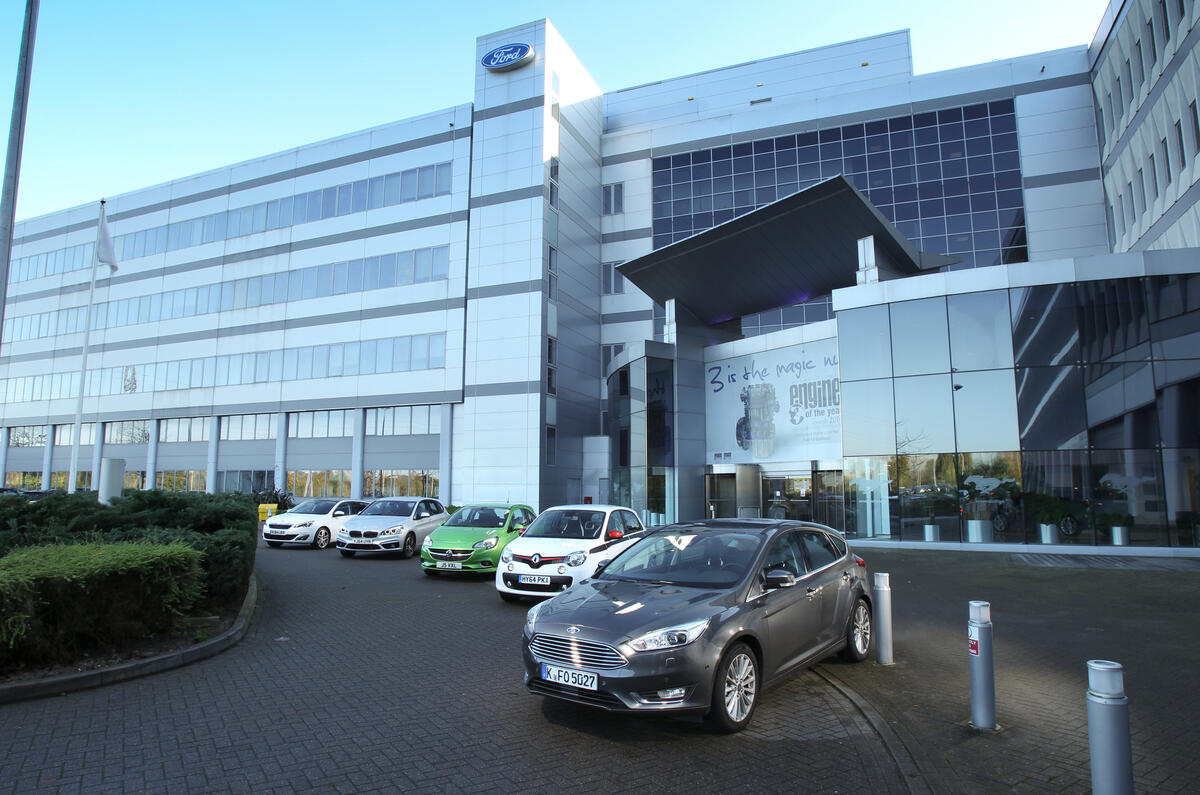
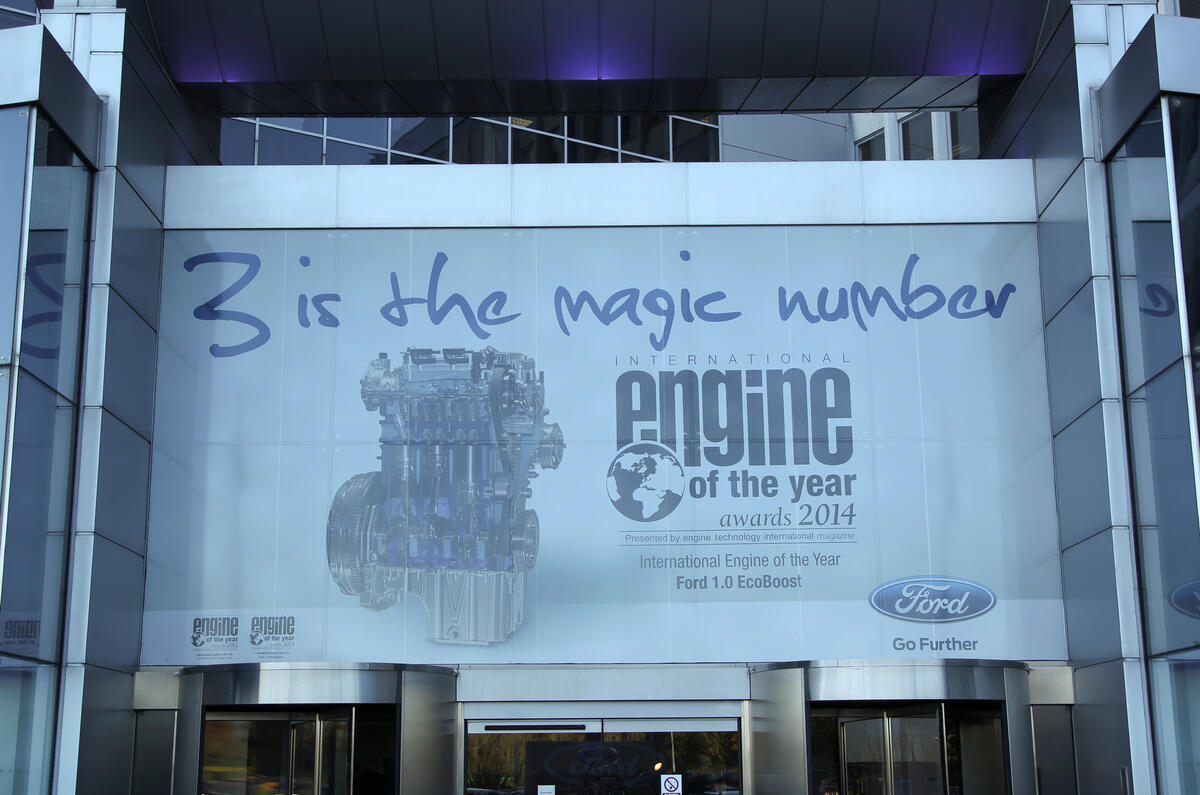
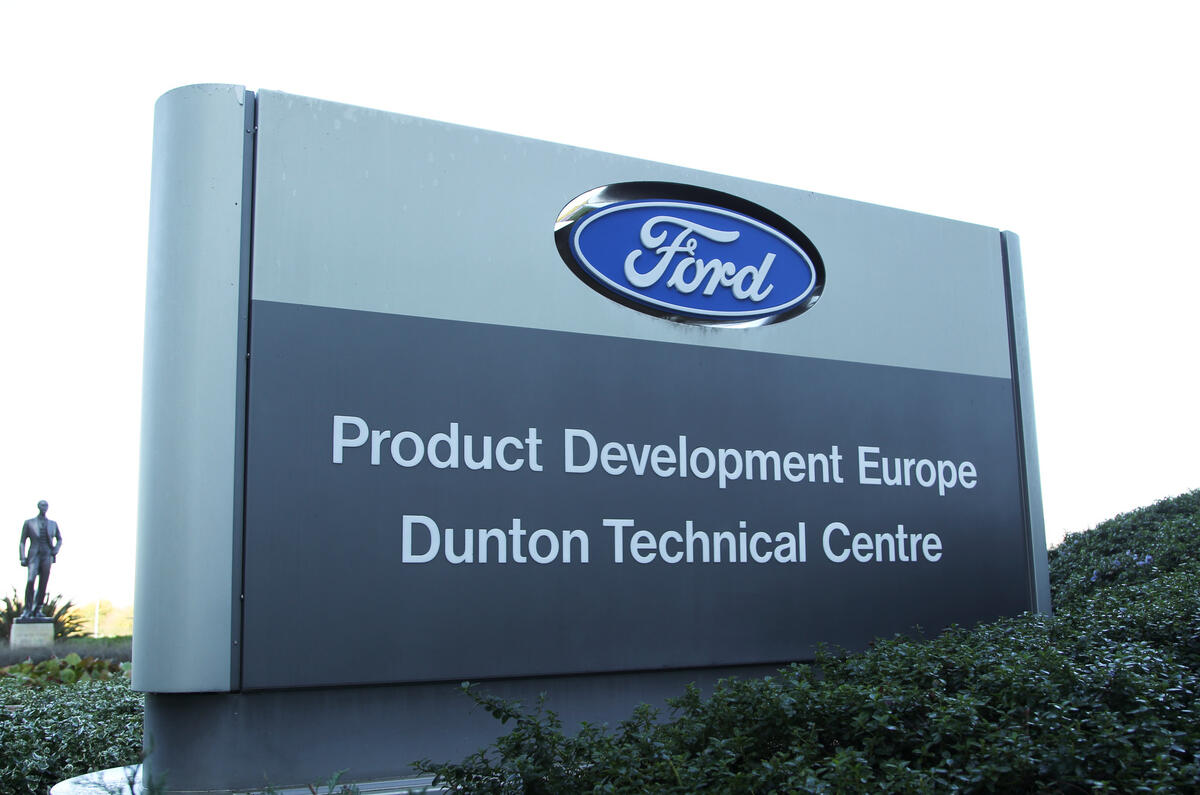
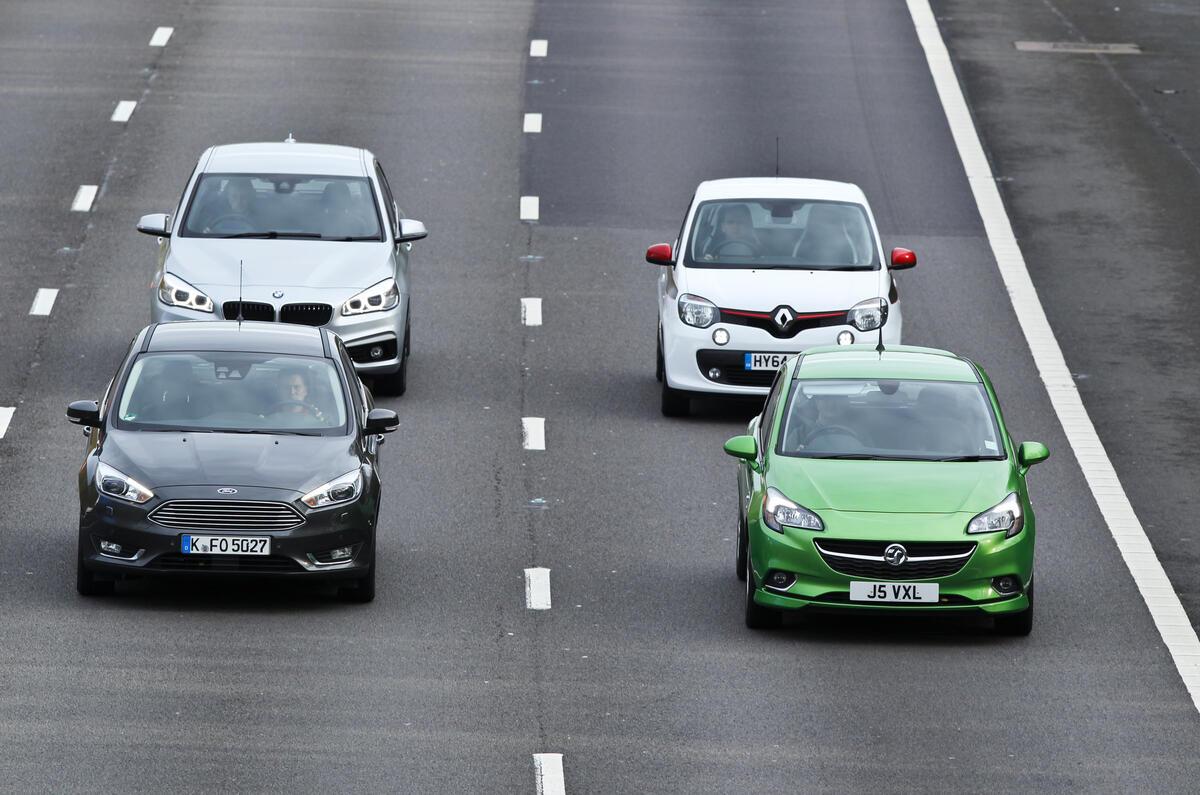
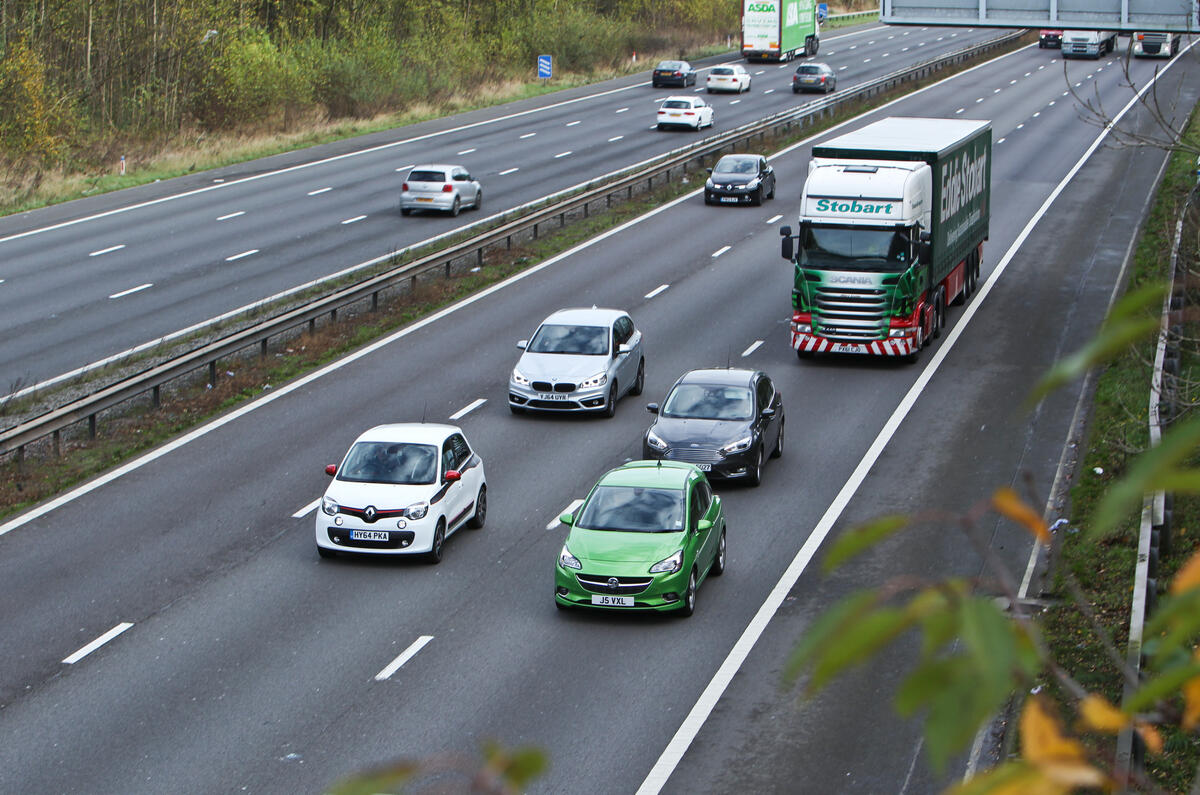
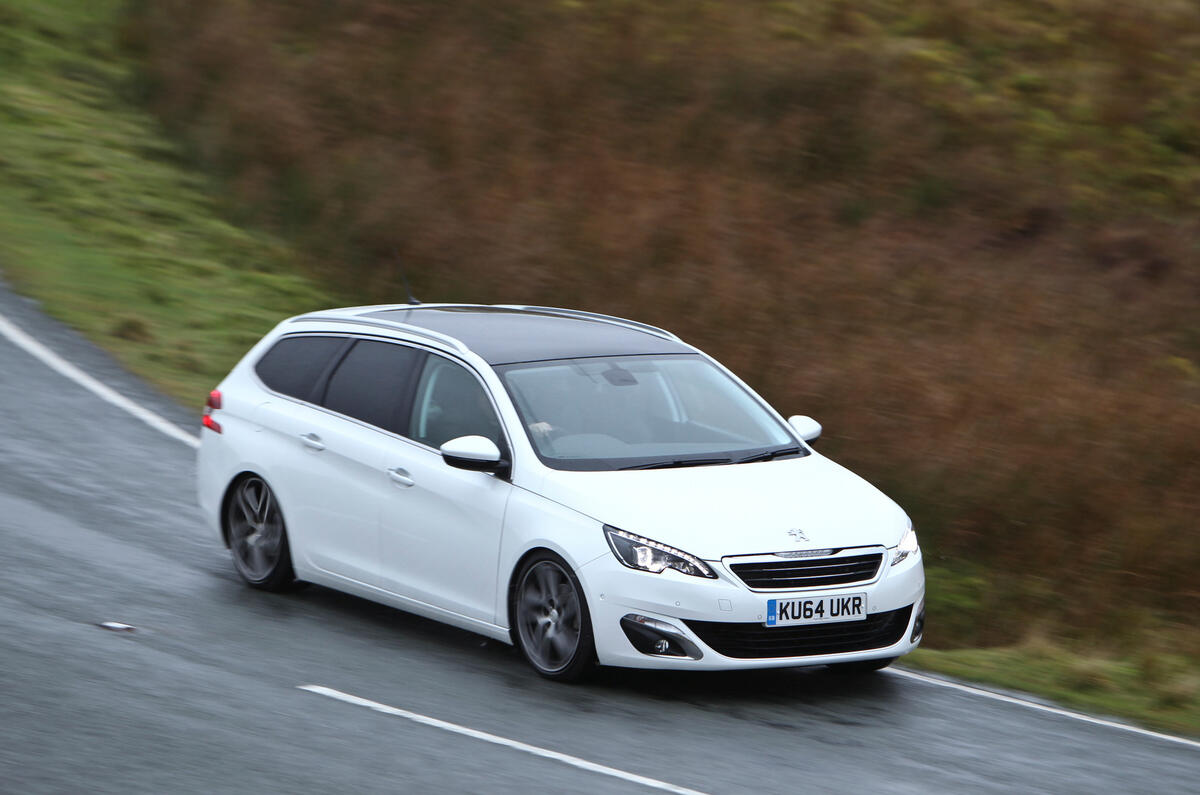
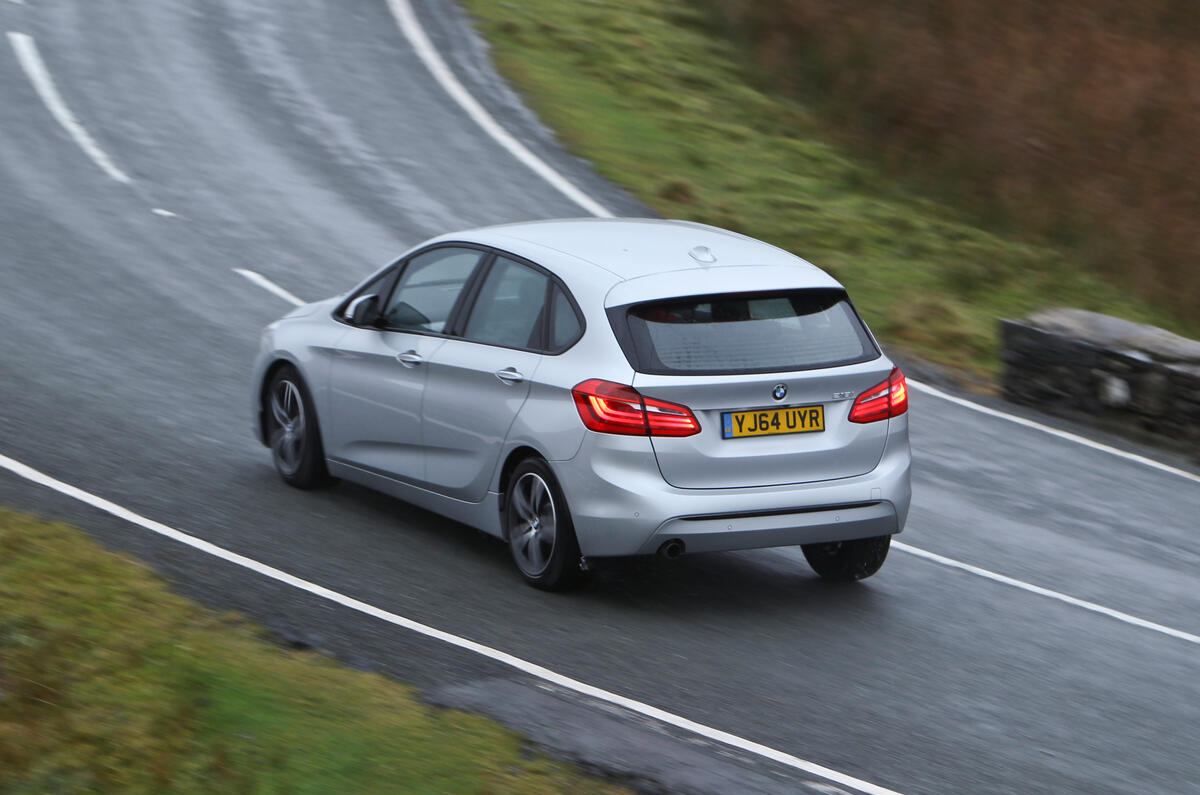
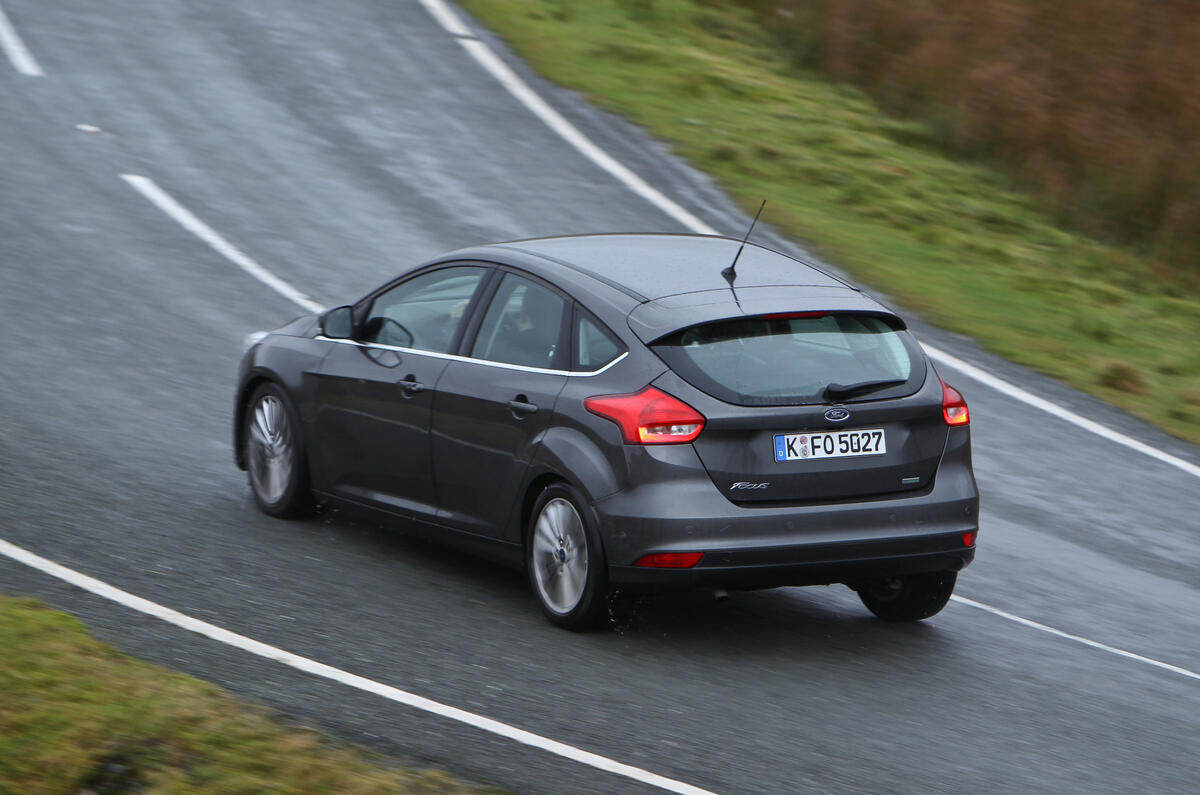
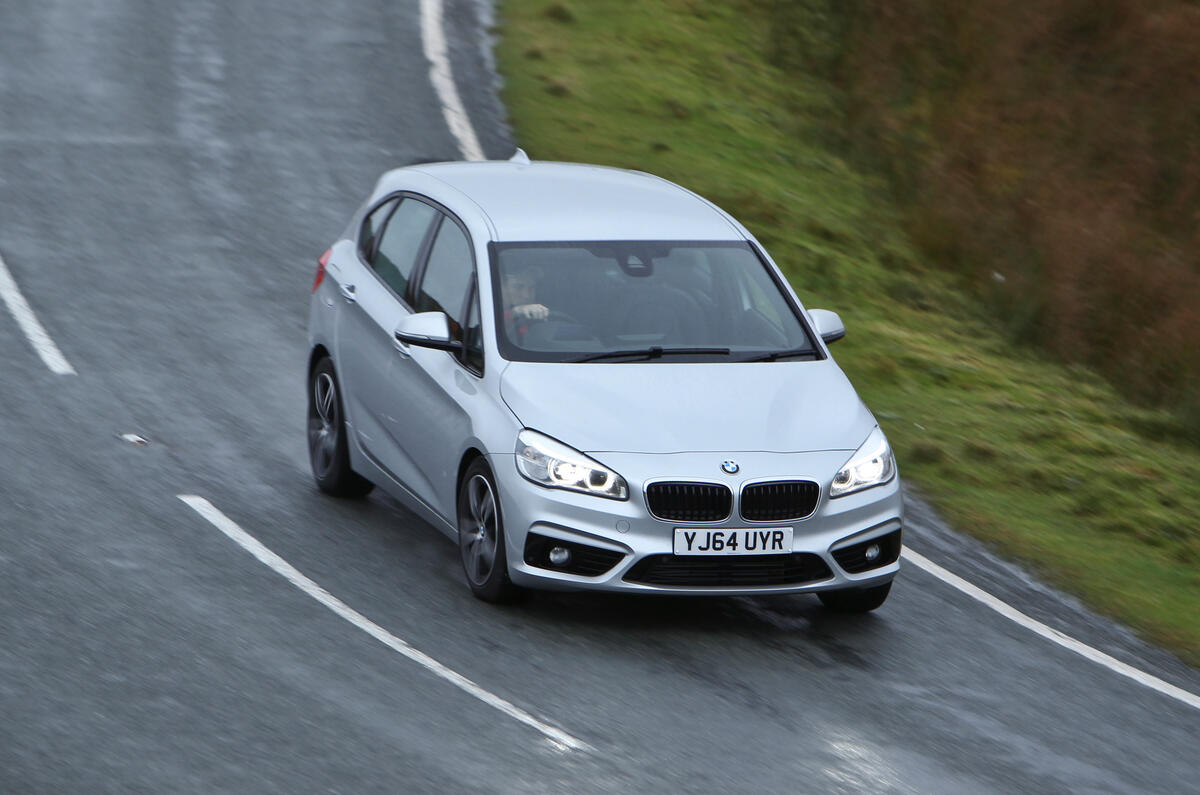
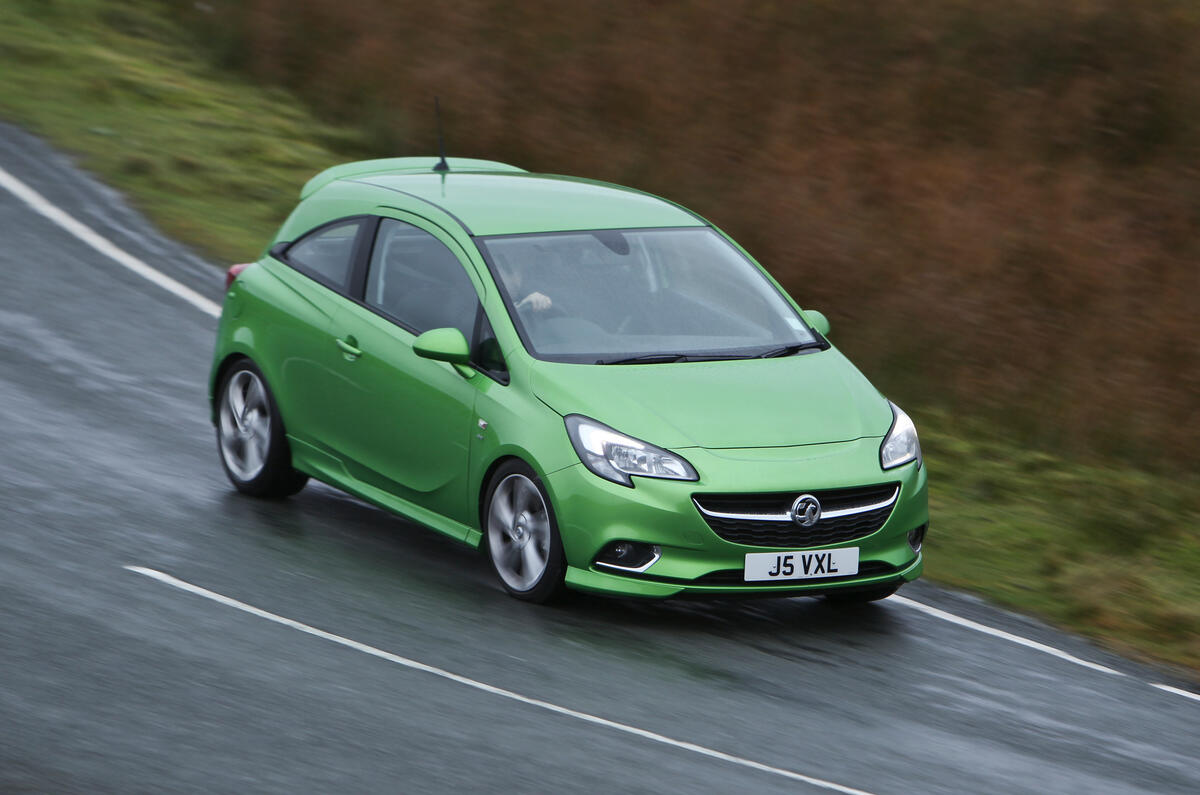
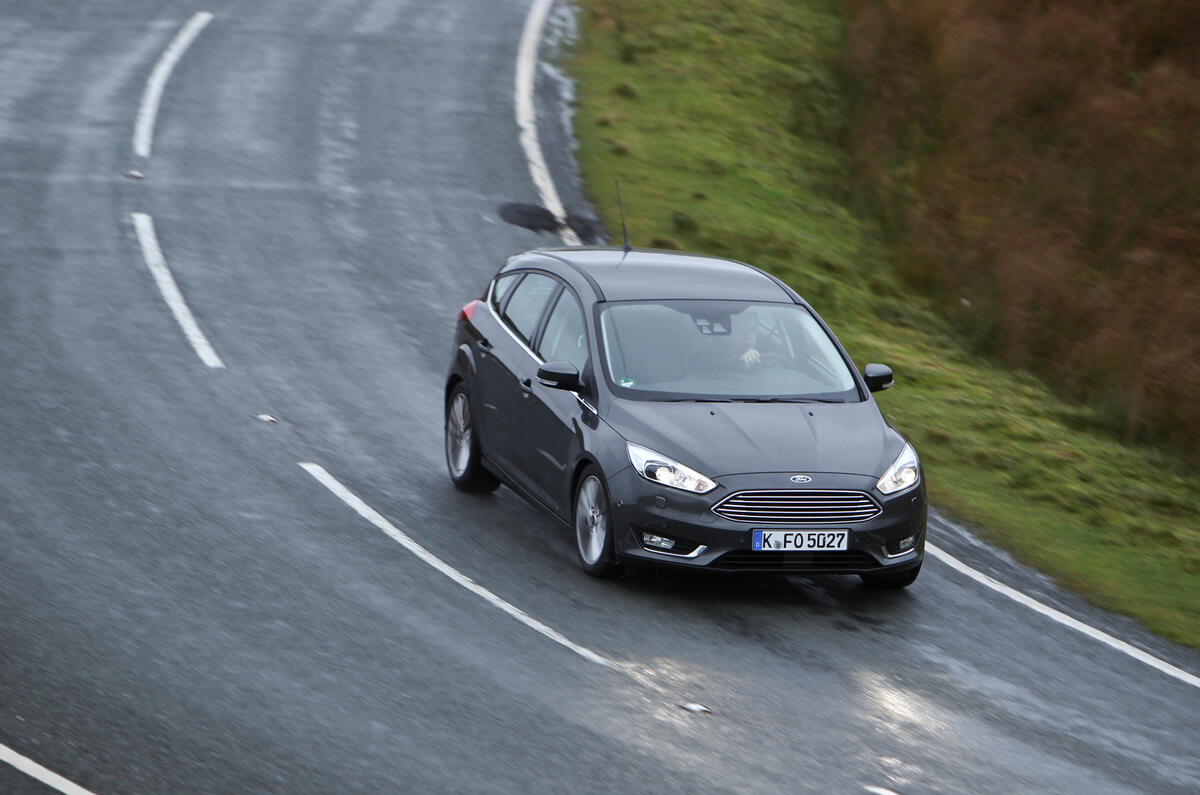
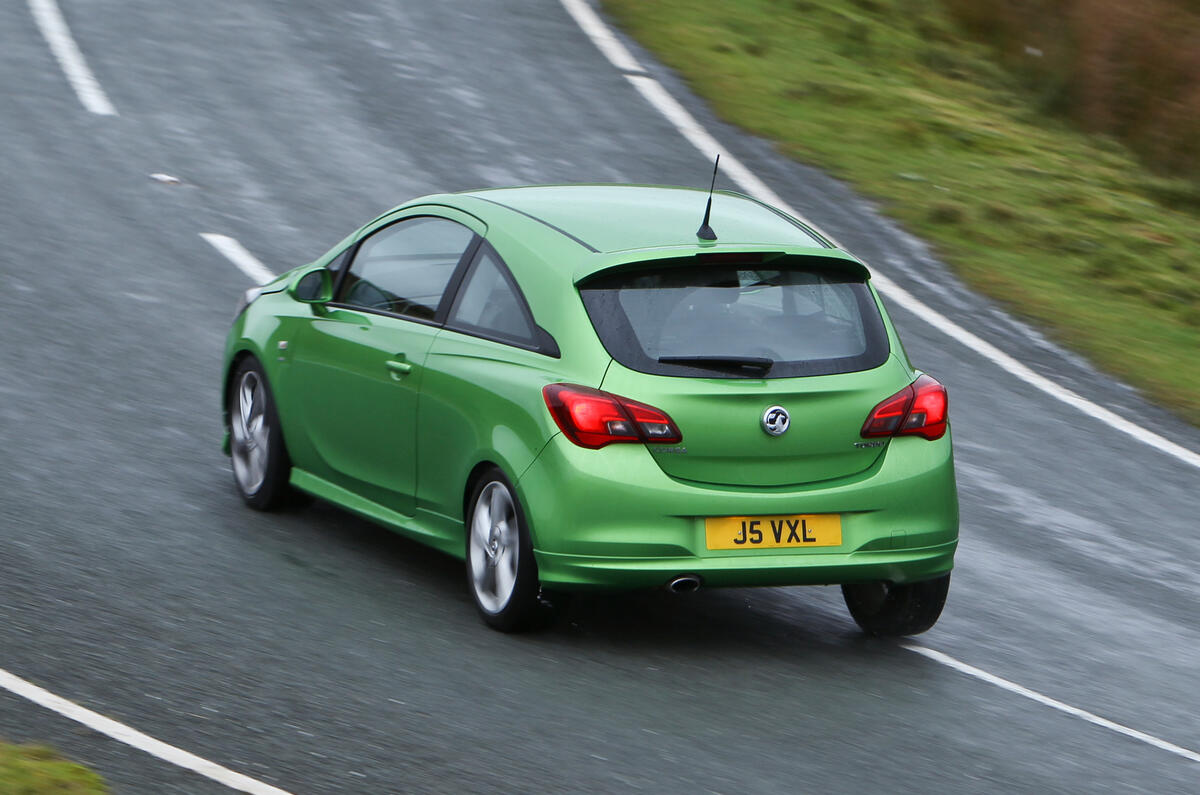
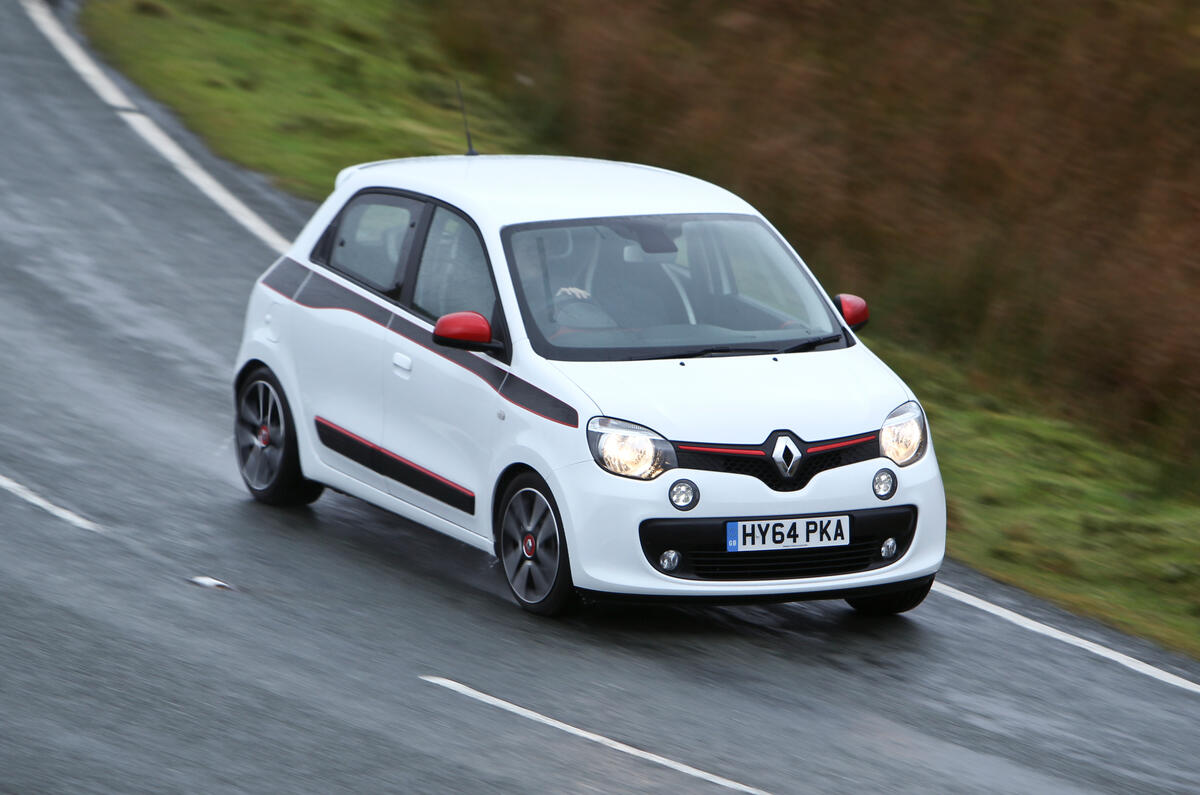
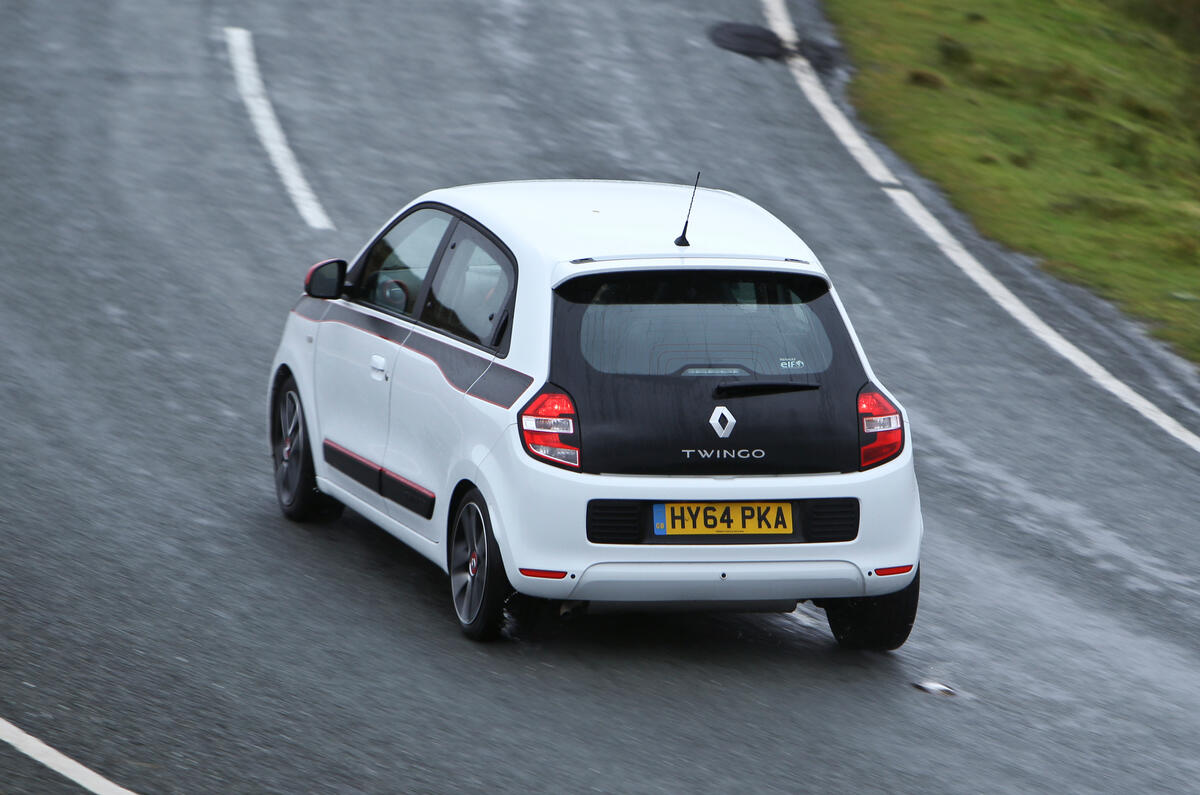
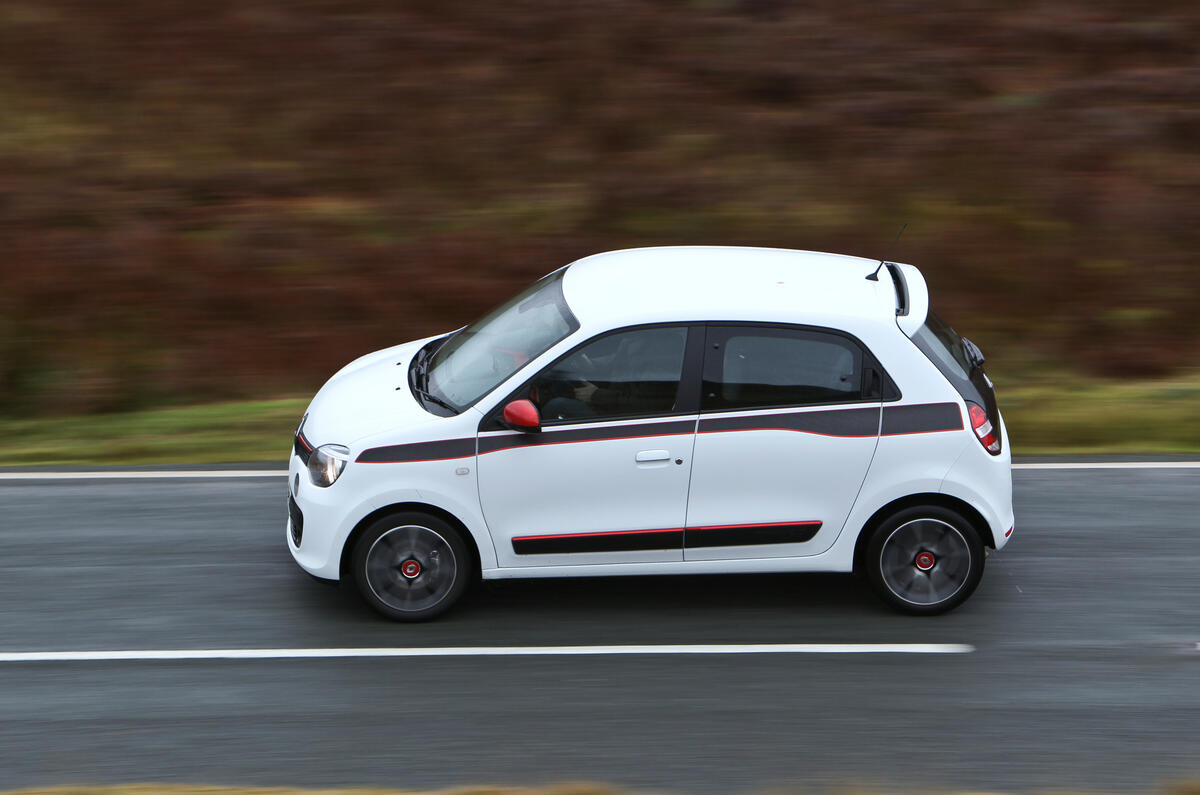
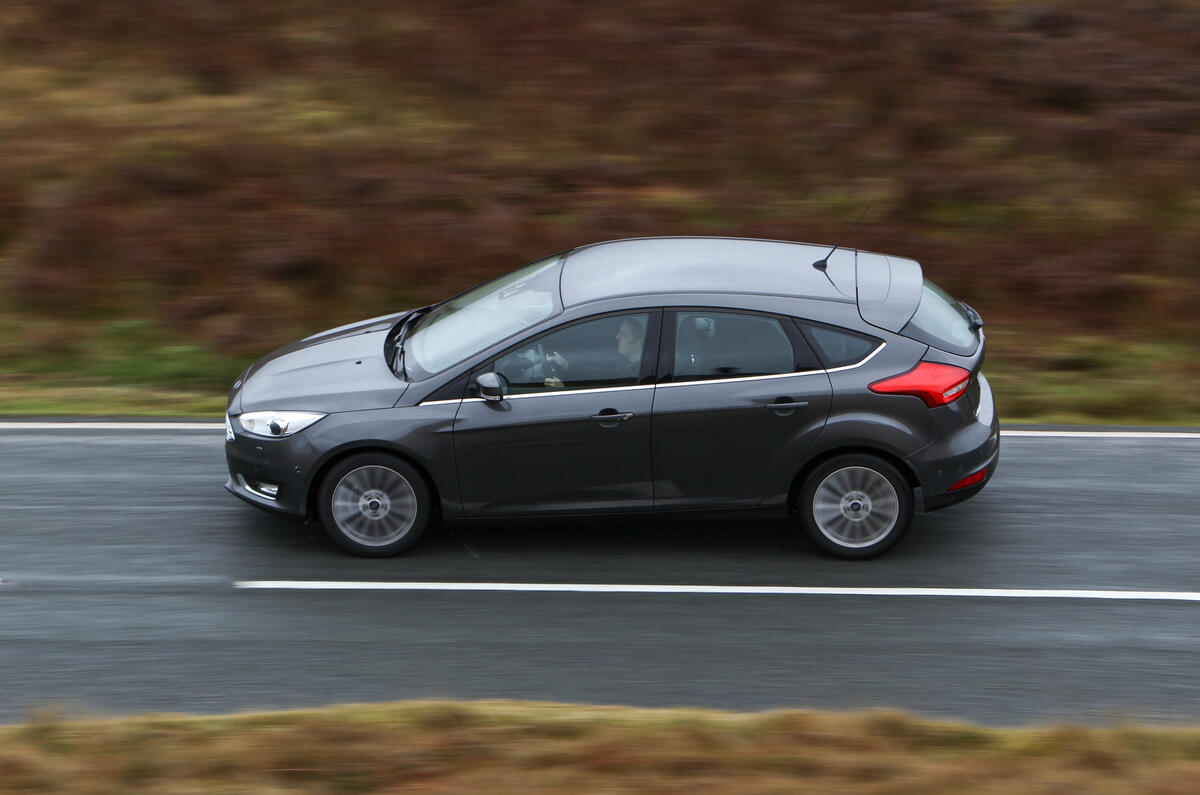
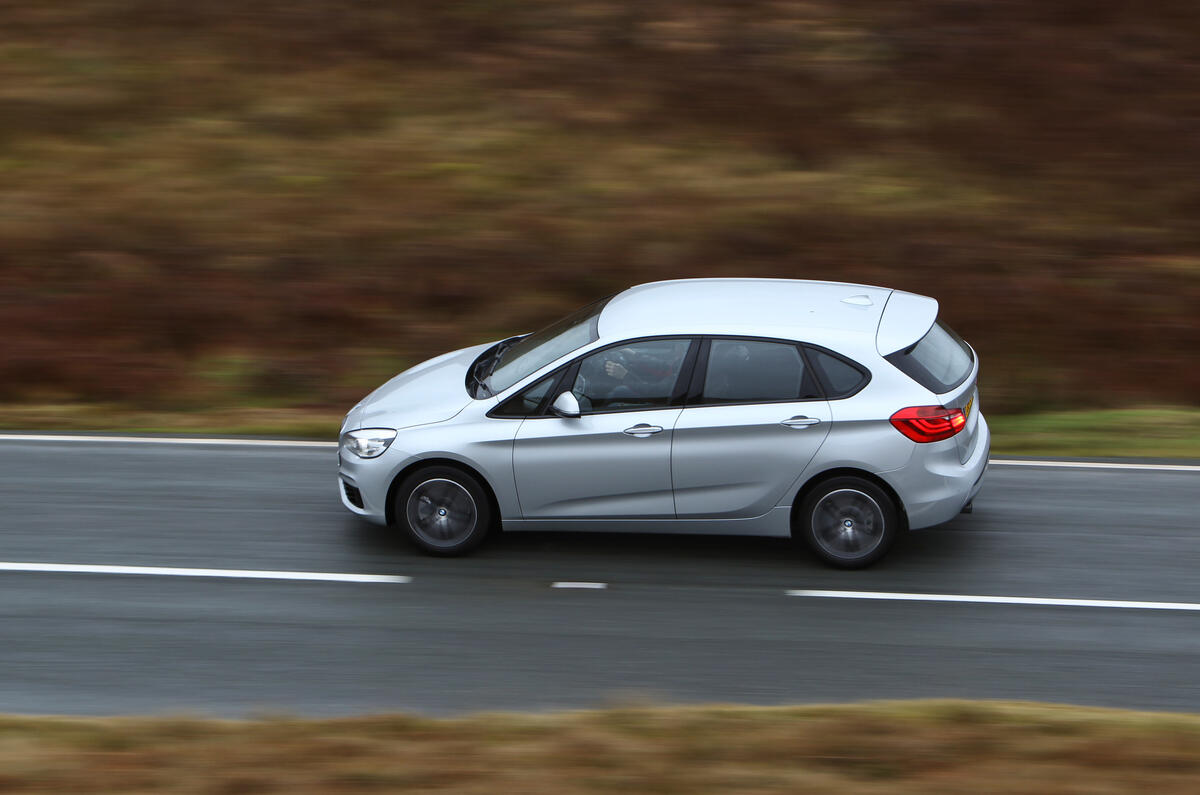
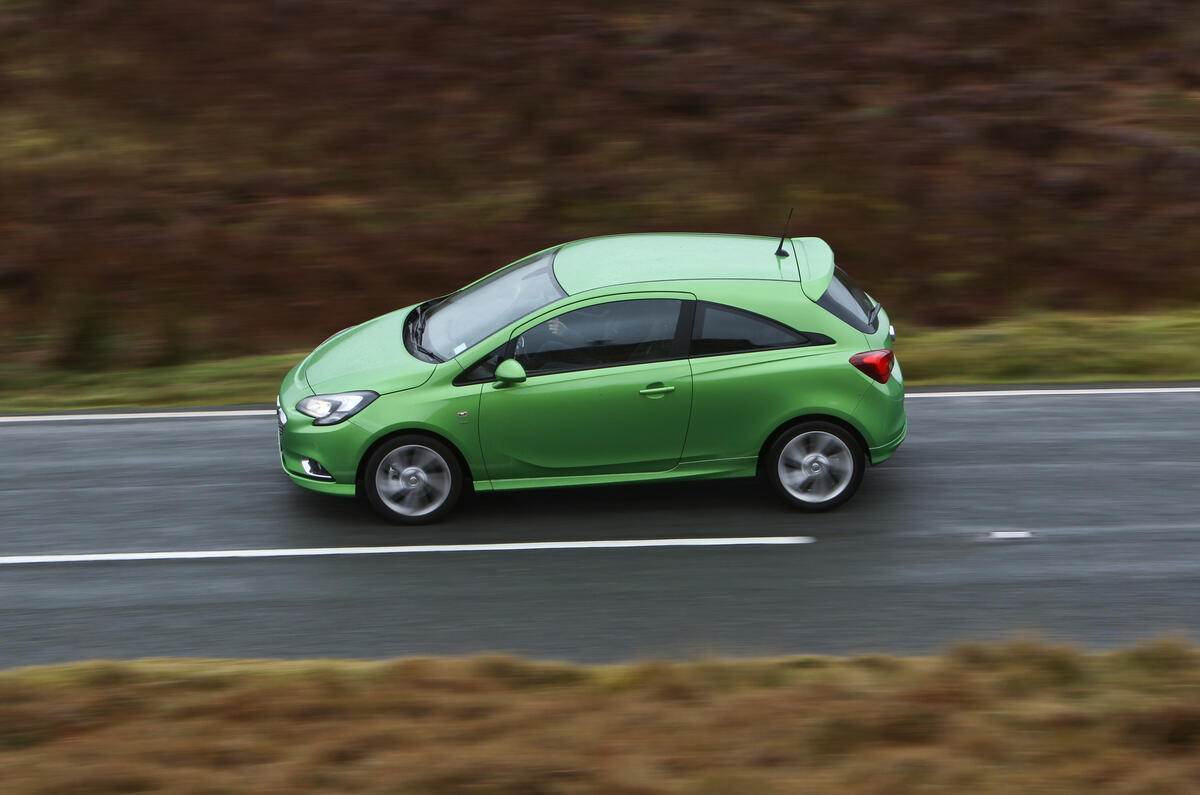
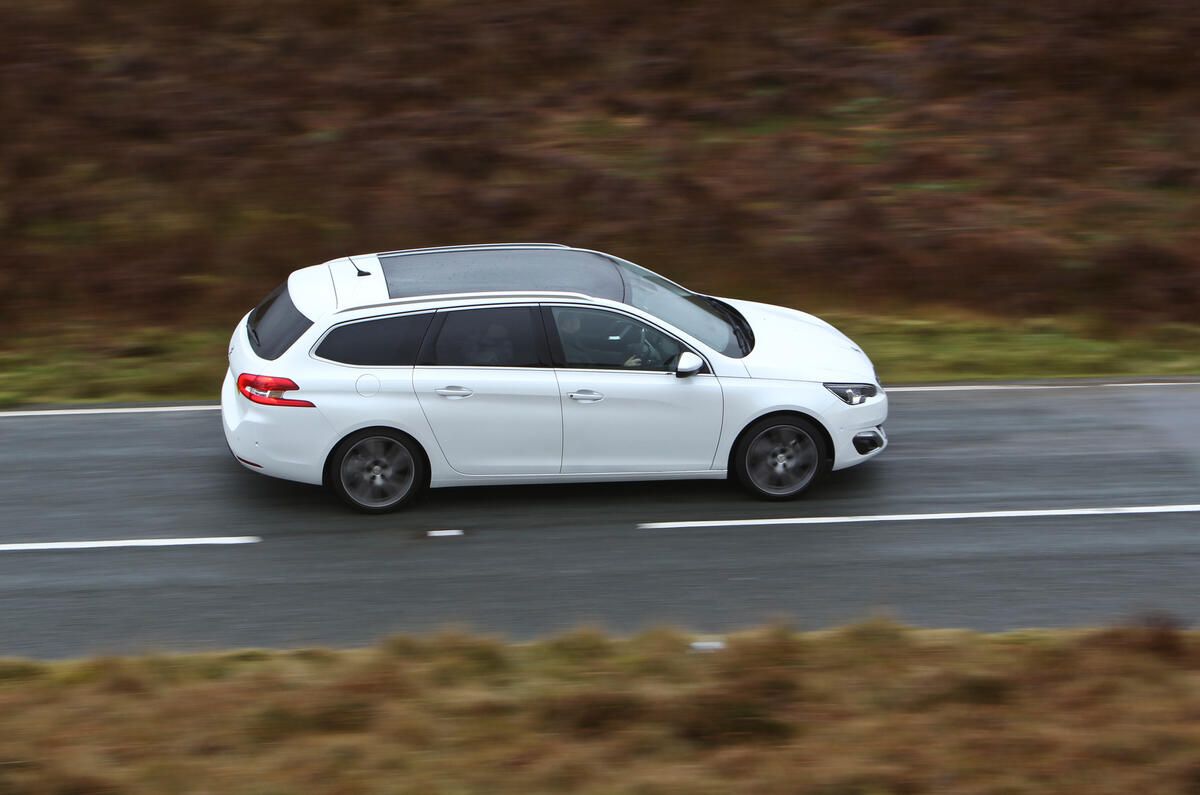
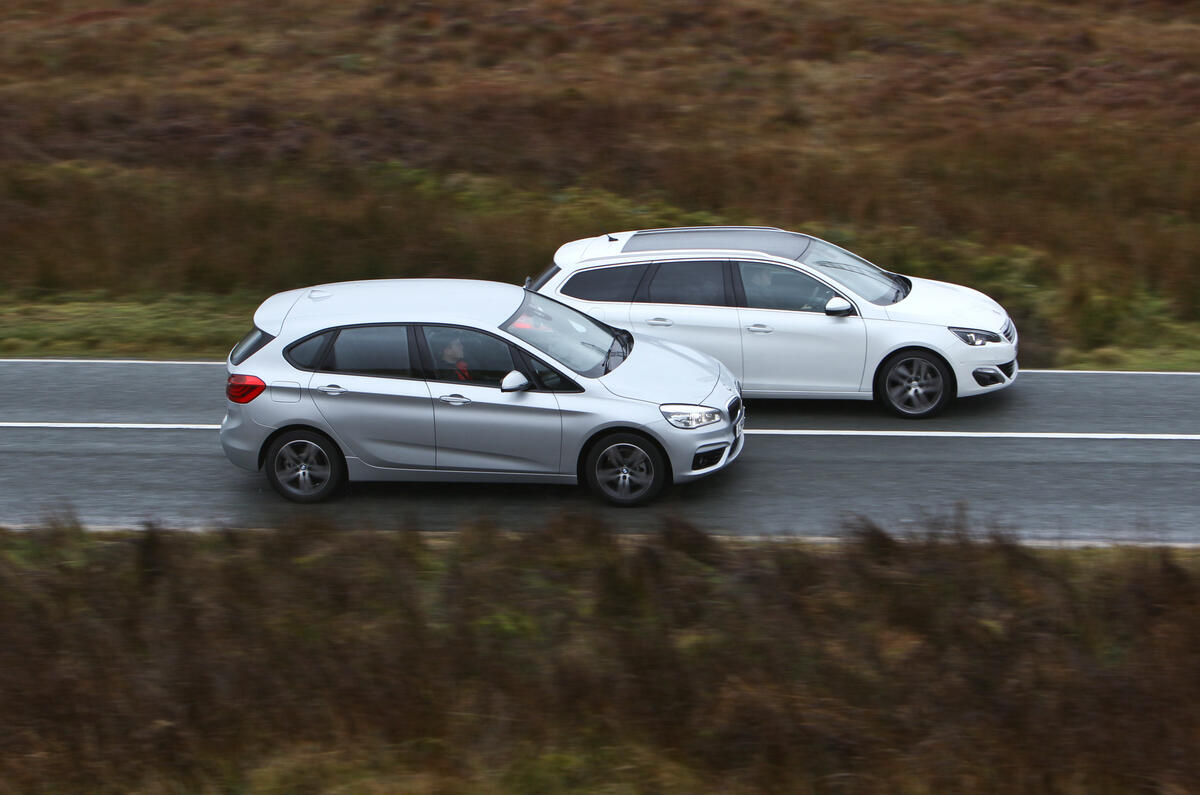
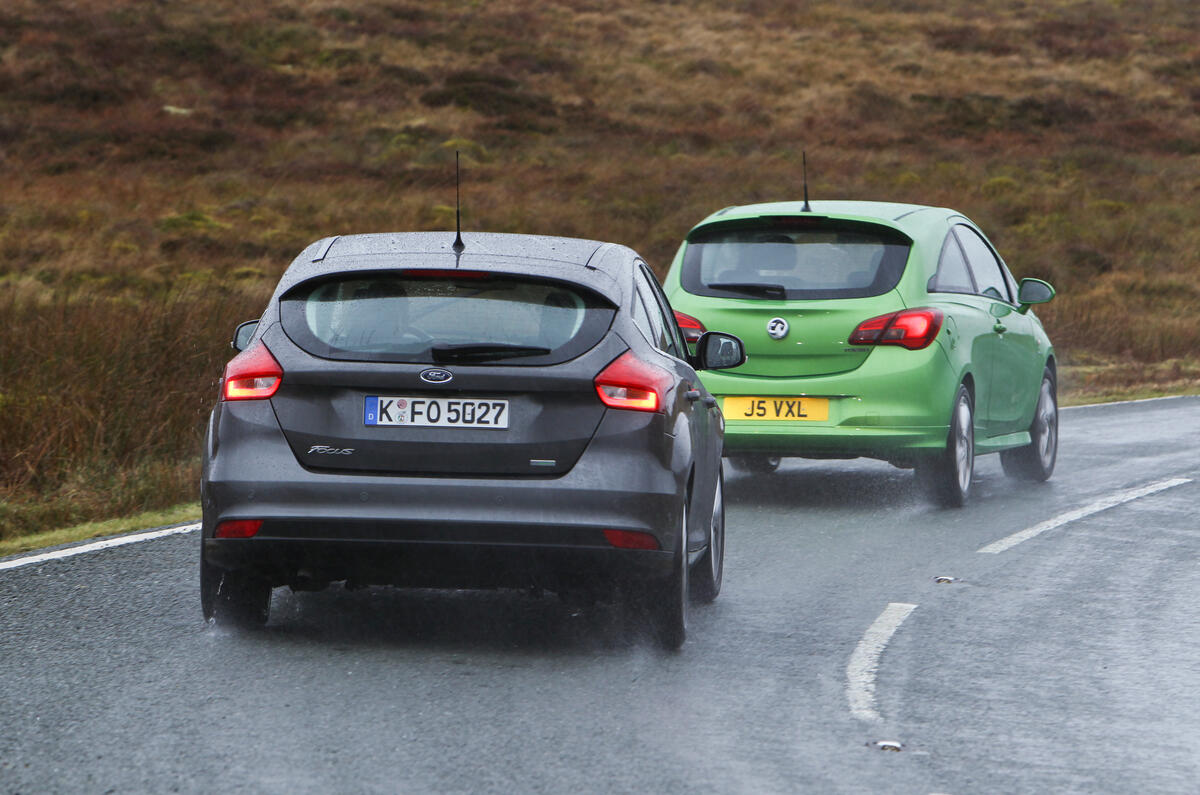
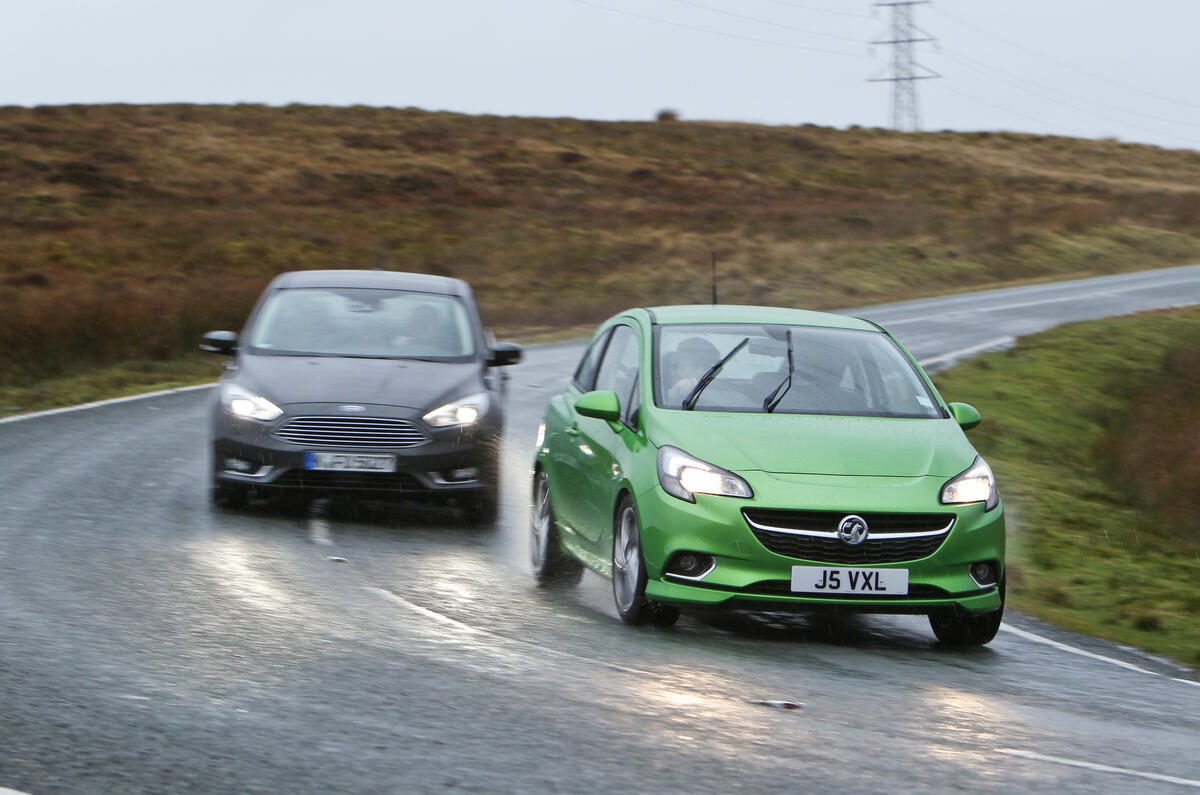
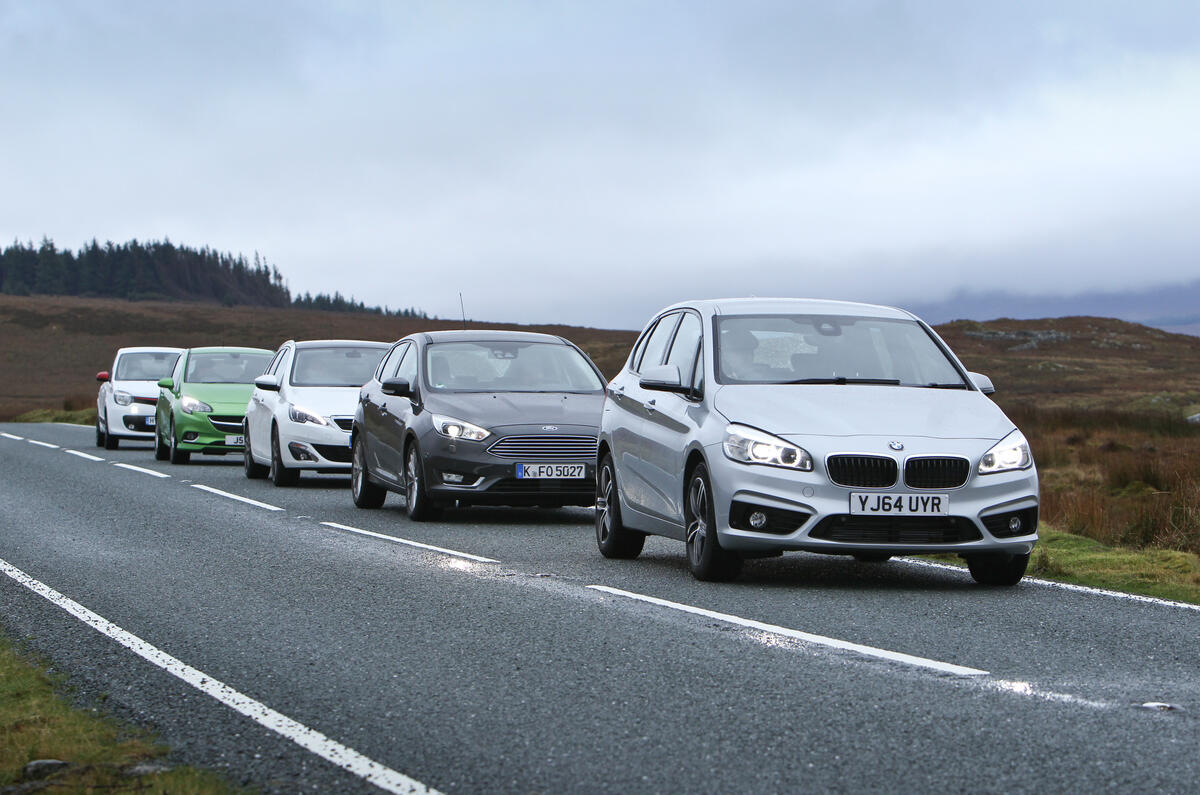
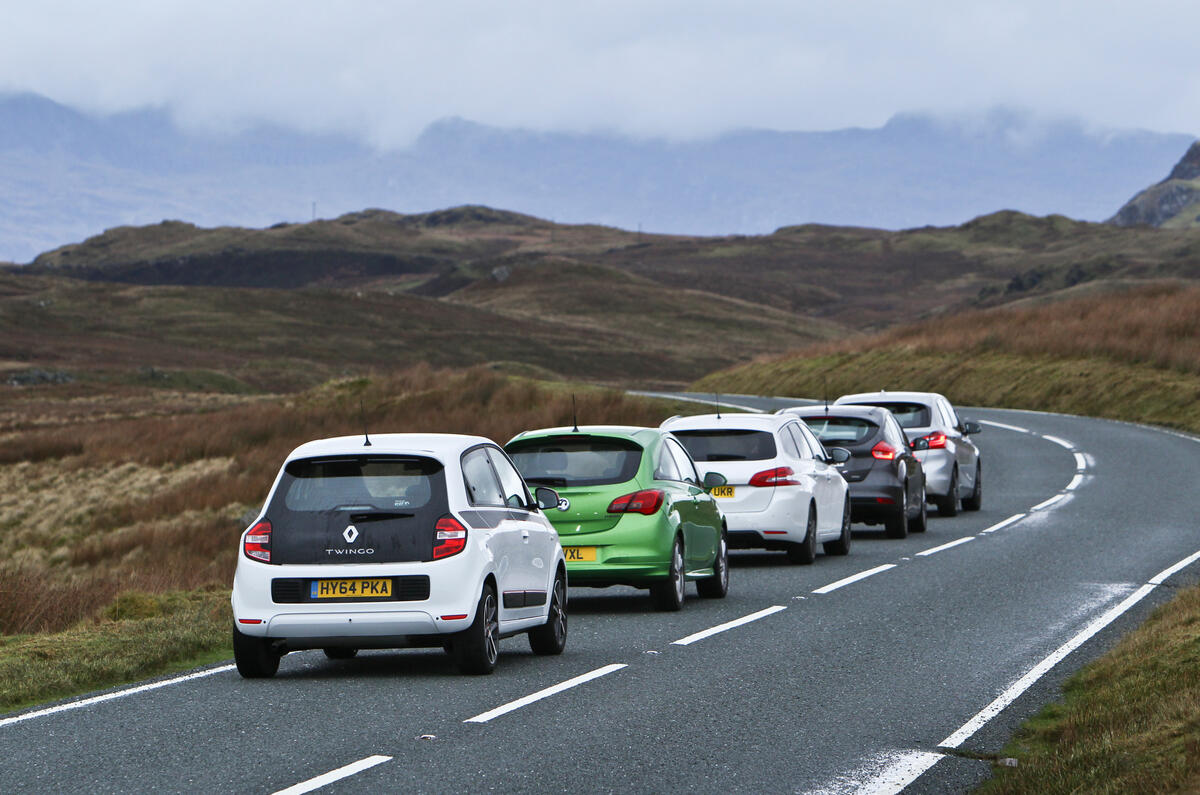
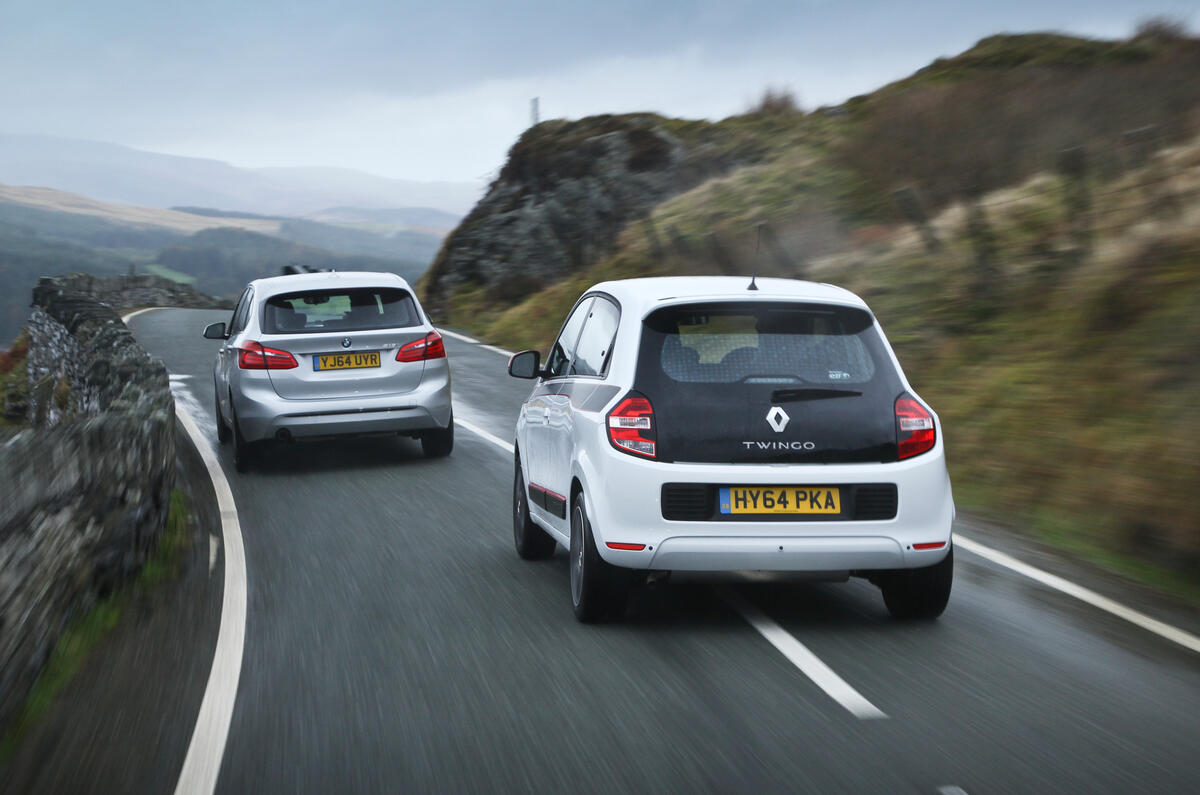
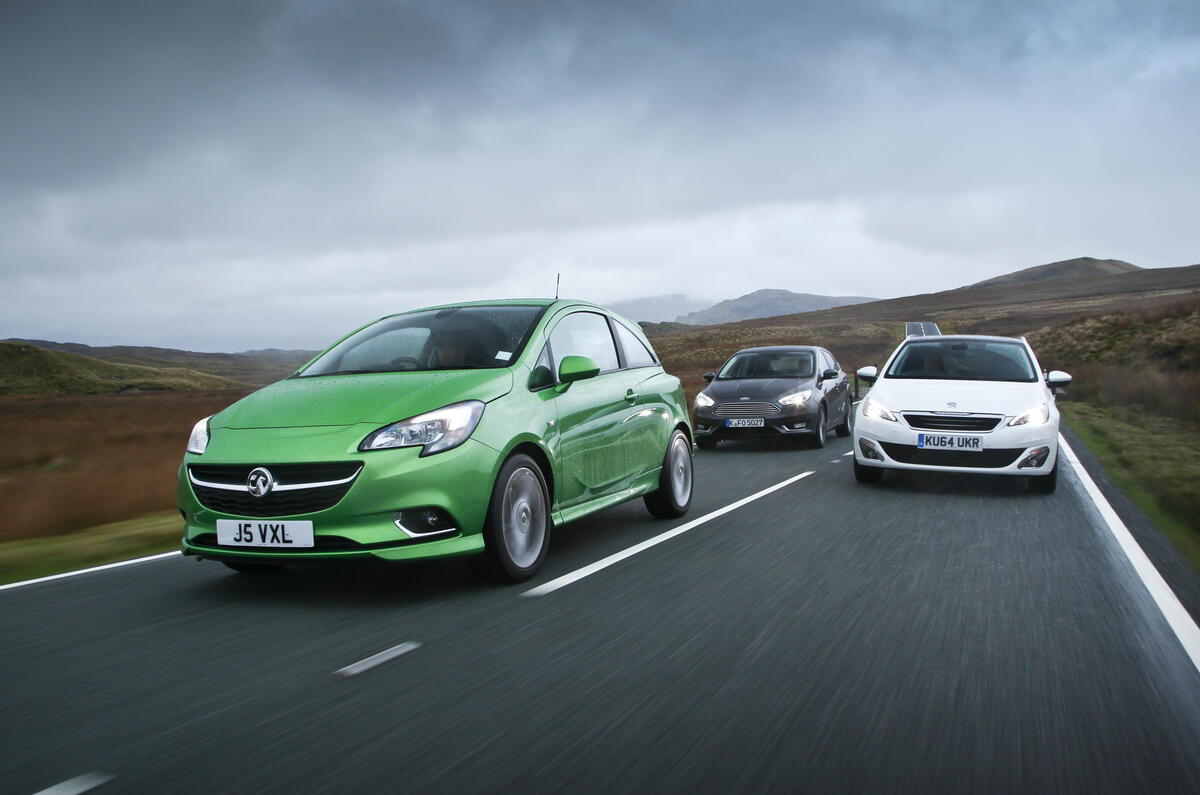
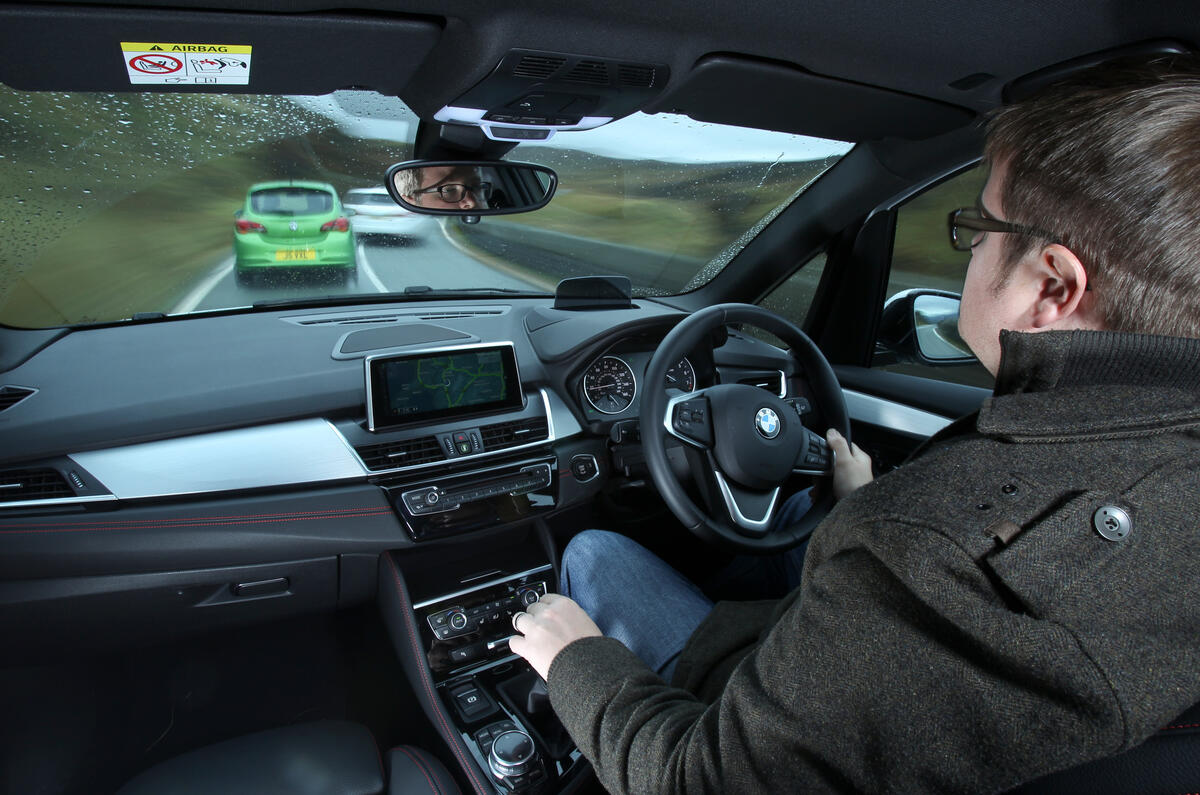
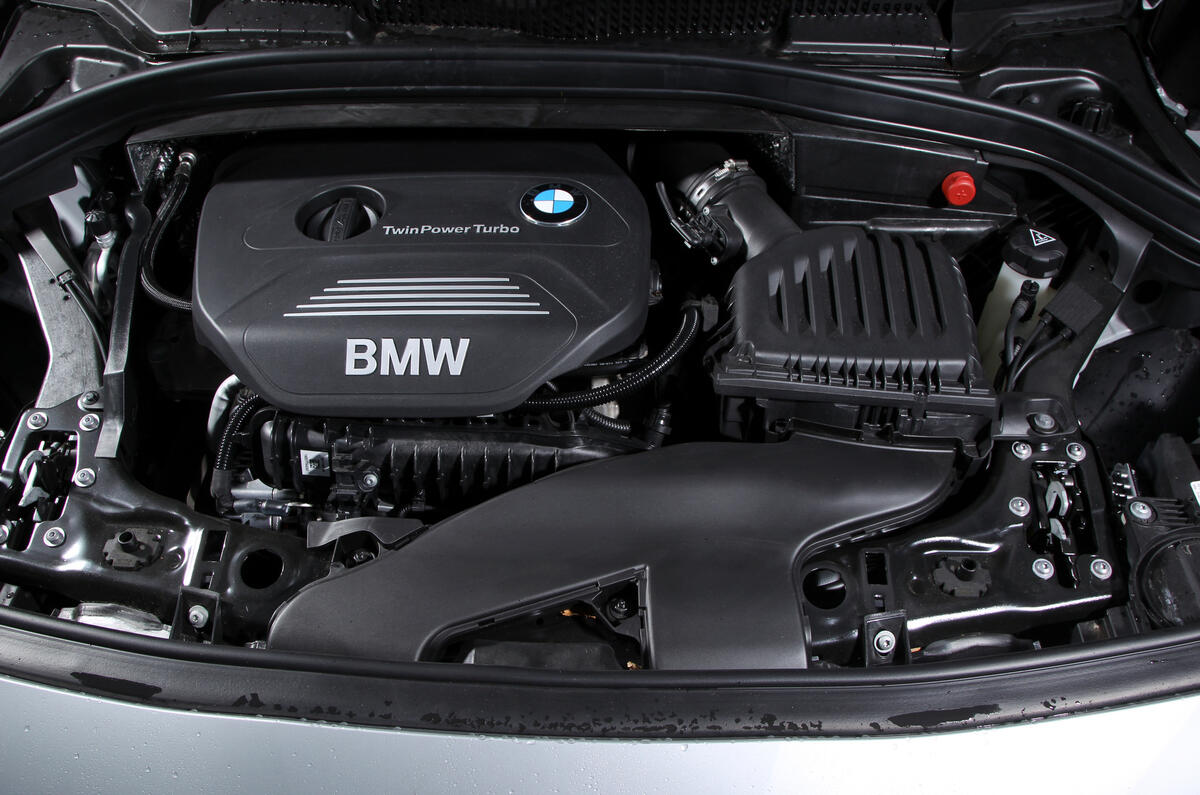

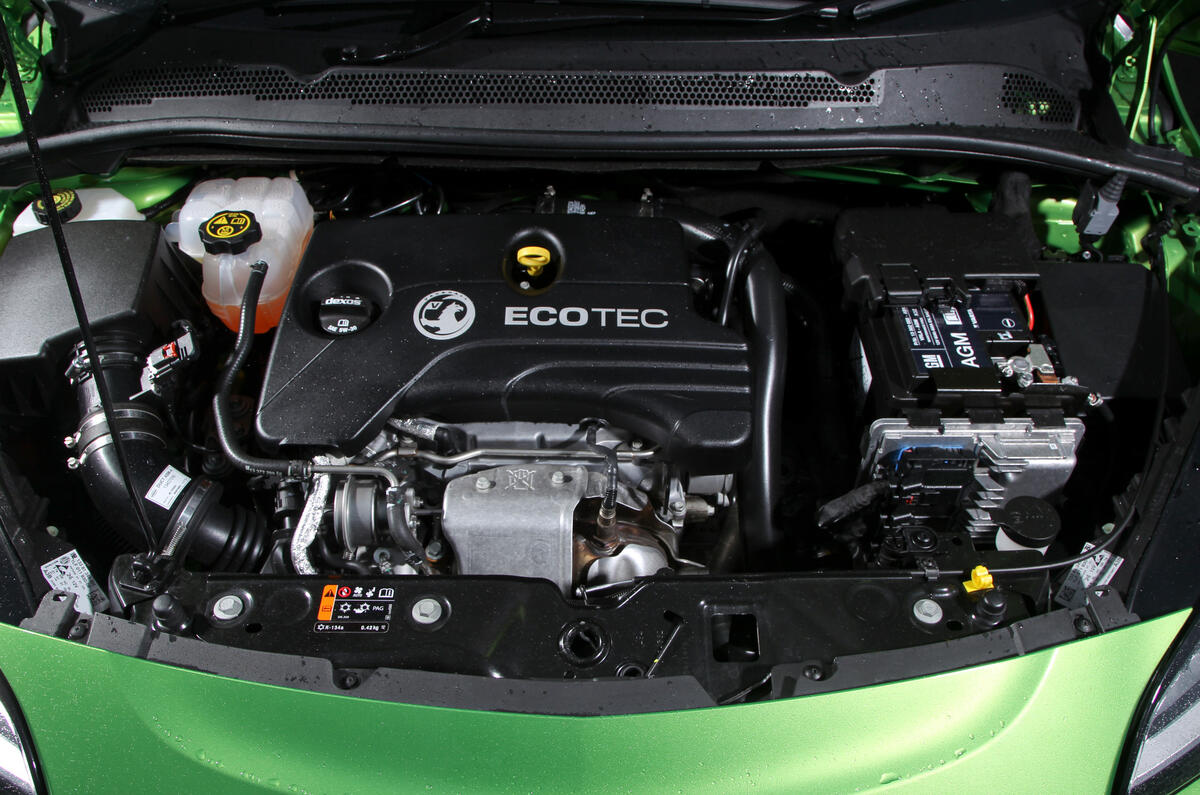
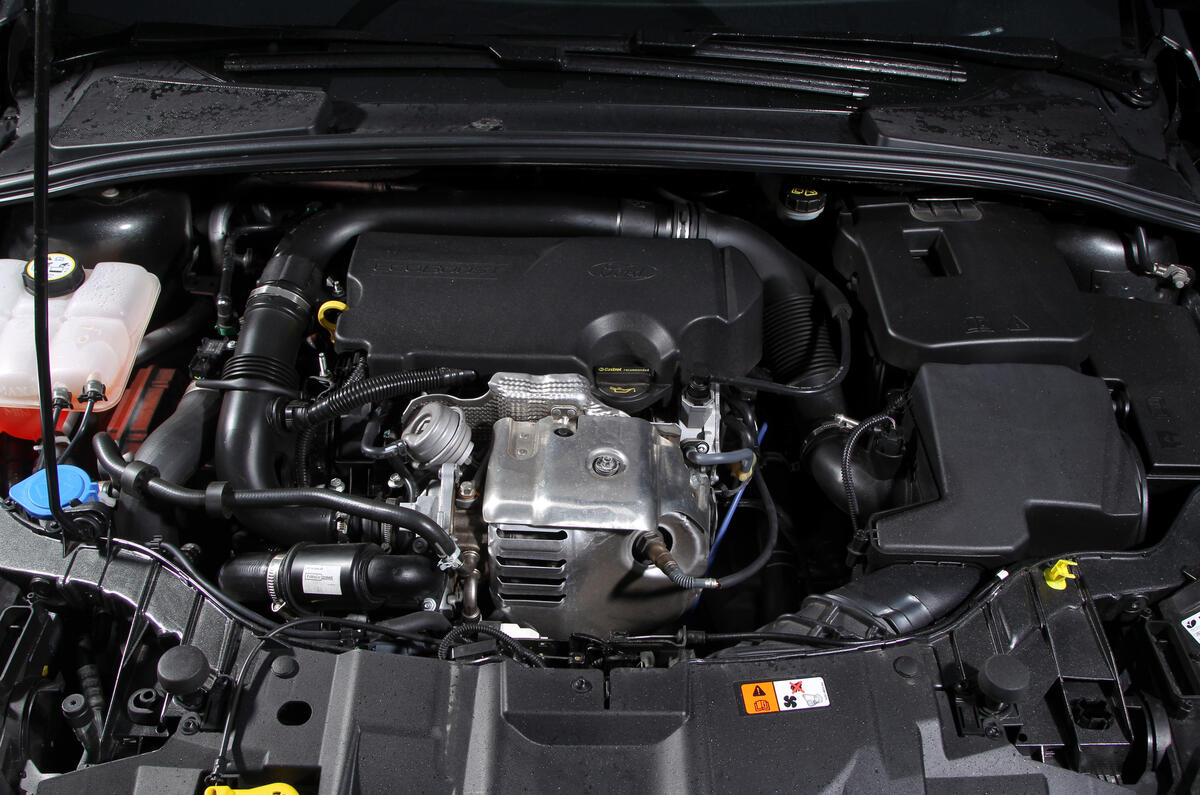
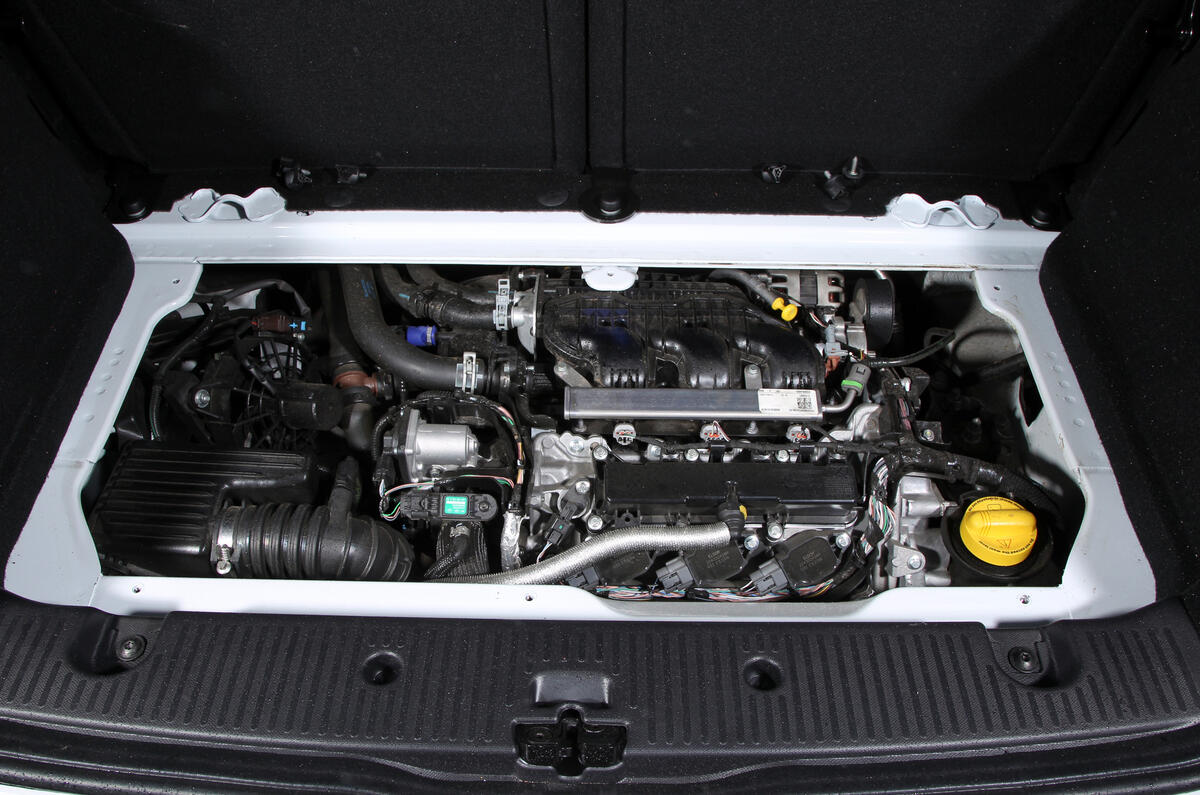
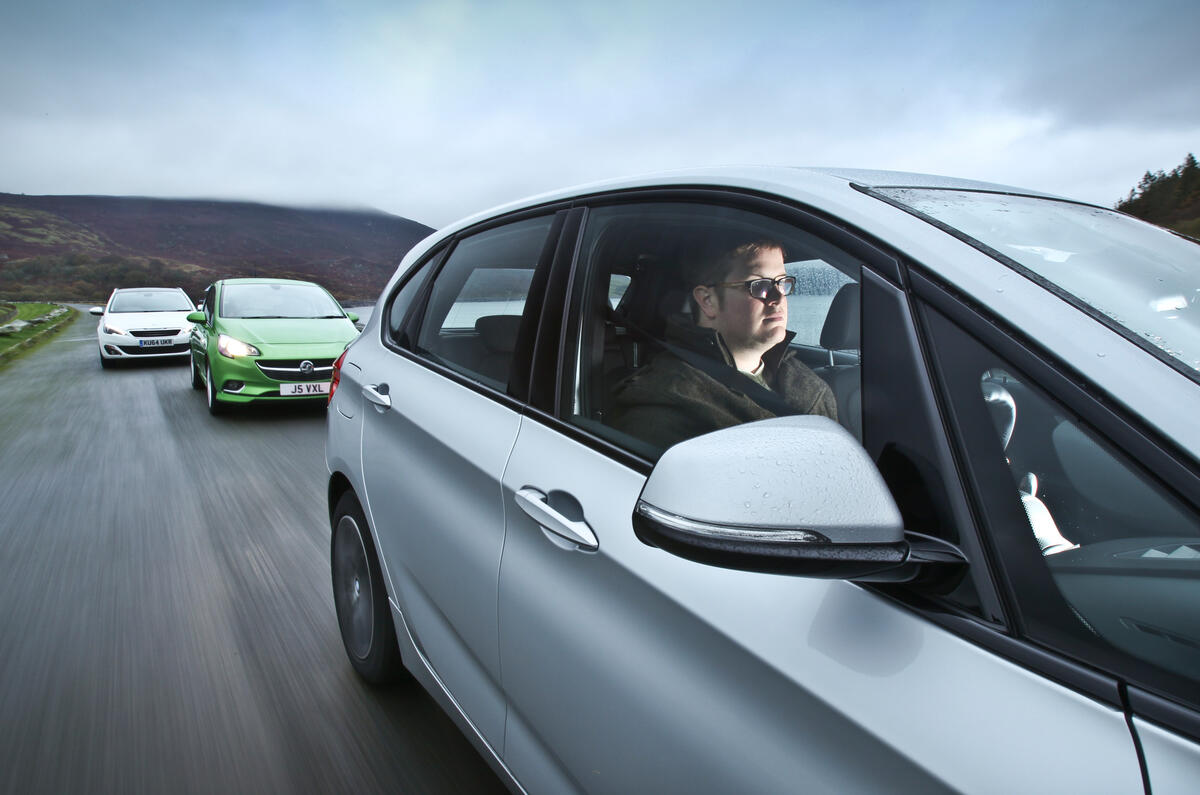




























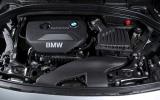

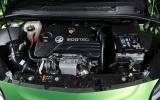
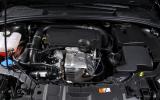









Join the debate
Add your comment
Too bad there aren't any data...
Older 3 pot
Mileage +72,000 miles, [my miles +58k].
Mpg, summer - mid 50's, distance trips closer to 60, winter +/- 47, oveerall +/-50 .. tankful measurement.
Road Fund £130.
Driving style - spirited.
Can only see first page of comments!